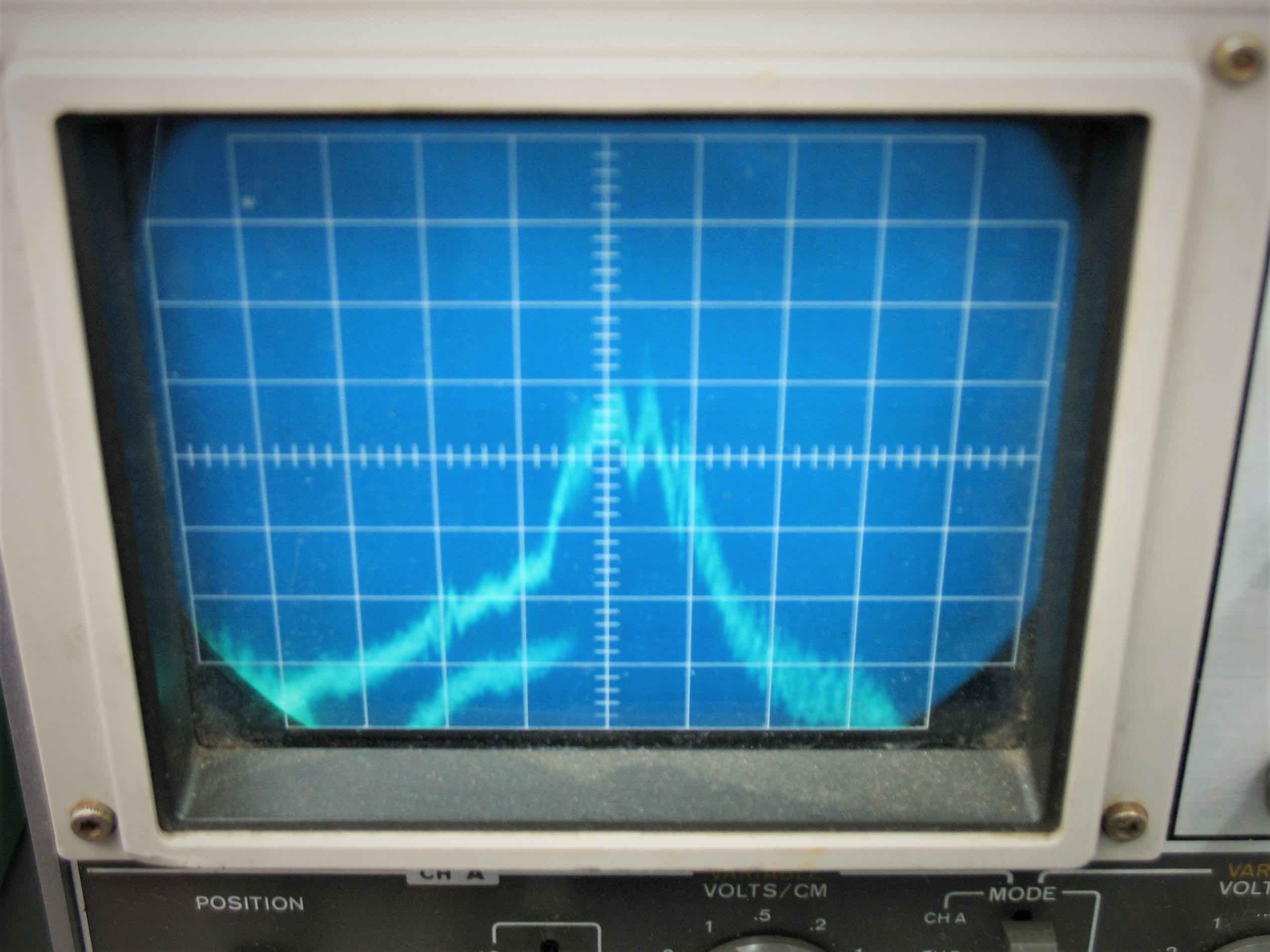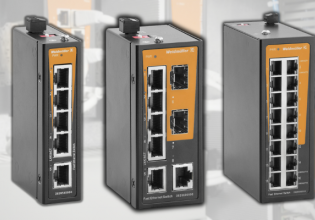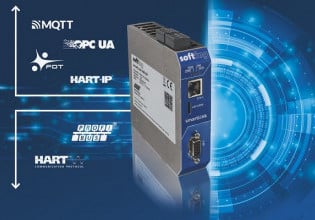How to Reduce Electrical Noise on Sensors and Control Systems
Electrical noise is a common problem inside industrial facilities. The following will explain a few simple strategies for reducing this noise.
Inductive machinery and wiring, such as motors and VFDs, are particularly notorious as noise sources. This noise can be interpreted on a control system as incorrect signals, but the system responds anyway.
Reducing Electrical Noise on Sensors
The subject of noise on control systems can be confusing for a couple of reasons. First, many are accustomed to the term noise relating to acoustic disturbance, which requires protective equipment for the operators' ears. It's not such a big deal for sensors, except vibration or motion sensors. Acoustic noise is a vibration that can be a real problem for those sensors. Electrical 'noise' is quite different.
The second reason for the confusion is that electrical noise is difficult to diagnose and trace because it is often inconsistent. There may be noise from a machine one day where yesterday there was no problem.
Definition of Electrical Noise
Plenty of documentation already exists to describe the exact sources and nature of many types of noise, but here is a simple definition. Noise comes from inductors, which are electrical components that store energy as a magnetic field. When the source voltage changes, a subsequent shift in the magnetic field results. That changing magnetic field will cause any nearby wires to receive an induced voltage that tried to drive current (hence the name 'inductor').

An oscilloscope screen is showing the small voltage spikes visible alongside a larger alternating wave.
If a voltage is induced on a nearby wire, that may be a severe problem for the control system. A digital or analog input on a PLC is looking for any small change in the sensor's voltage, and that change would produce a specific result output. That voltage change may come from an inductor near the cable - not from the sensor itself. The output may cause harm or damage if it happens at the wrong time.
This concept of inductance to generate a magnetic field is the primary operating principle of motors and transformers. It could be correctly assumed that an environment filled with motors and transformers will be at risk of electrical noise—the more current, the worse the problem. Although inductors generate the most interfering noise, even a wire carrying alternating current will create some noise.
Noise may occur as single events, non-repetitive signals thrown onto the wire, which would look like a quick rise and then fall of voltage, usually just for a moment when a big device starts or shuts down. Alternatively, it might be a very systematic, repetitive change in voltage of the wire introduced from a nearby 3-phase wire that will be present the entire time the device is running. Both of these noises can cause problematic results.
4 Methods for Reducing Noise
There are several great ways to reduce noise - some easier than others. Here are four relatively simple methods that can be employed to facilitate the problem.
Proper Placement of Sensors and Cables
To start with, route cables away from large motors or control cabinets with transformers and other inductors. If installing cables, take note of where the inductors are placed. If a new machine or motor is to be installed, be sure to monitor all nearby signals. If they change after the installation, consider re-routing the cables.
Even in smaller residential and commercial wiring systems, digital communication wires like Ethernet cables should never run beside AC wires. They are always to cross the AC wires perpendicularly to reduce noise.
Shielded Cables
Many cables for sensors, digital communications, and even load wiring can be purchased with a foil or mesh wrapping around the conductors. This acts as an absorbing, low-resistance route that will take the induced voltage force and send it right to the ground, rather than reach the conductors.

Shielded cables can absorb noise, passing them harmlessly to the ground.
Shielded cables are common for discrete sensors, but may be very important for analog sensors. For analog information, even a small change in voltage can drive a little bit more current. When the entire range of a current sensor is between 4-20 milliamps, it doesn't take much noise to influence the system.
Properly Grounding your Equipment
One main culprit for the noise on a system is improperly grounded (bonded) equipment. If a long strip of ferrous metal, perhaps the steel frame of a conveyor is near a large motor, it will receive some inductance. That should be harmlessly passed straight to ground through the nearest ground bond.
If there is no ground or is not sufficiently low resistance, the entire frame will be magnetized, causing the inductance to be passed to wires nearby as noise. A simple multimeter check between the steel frame and any ground wire can indicate a properly low ohm reading.

Proper ground bonding of equipment can prevent that equipment from passing off noise from the inductive source to the sensor cables.
Low-Pass Filters
Another solution can be to eliminate existing noise on a wire instead of preventing it at the beginning. A low-pass filter is a circuit combination of a resistor and a capacitor. The arrangement allows quick changes (high frequency) voltage changes to stop before the controller, while the slower deliberate changes from the actual sensor (the low frequency) are passed on to the input terminal.
This solution can be convenient, but the component values must be chosen carefully for analog systems to eliminate the problematic noise, but still allow the proper analog signal changes to reach the controller. For example, you could expect a thermal process to change relatively slowly, so it would be easy to assume that quick voltage swings result from noise. On the other hand, a sensor intended to count parts flying past at 100 parts per second would be very high-speed changes. Do not choose a filter that eliminates your actual signal.
Electrical noise on a control system is a particular problem inside industrial facilities. These locations could be called 'noisy' in terms of the average sound levels and the often undetectable electrical noise.
If inconsistent signals appear to be showing up in control system inputs, this noise may be the culprit. It can be fairly simple to prevent or eliminate electrical noise as long as the proper source is identified.





